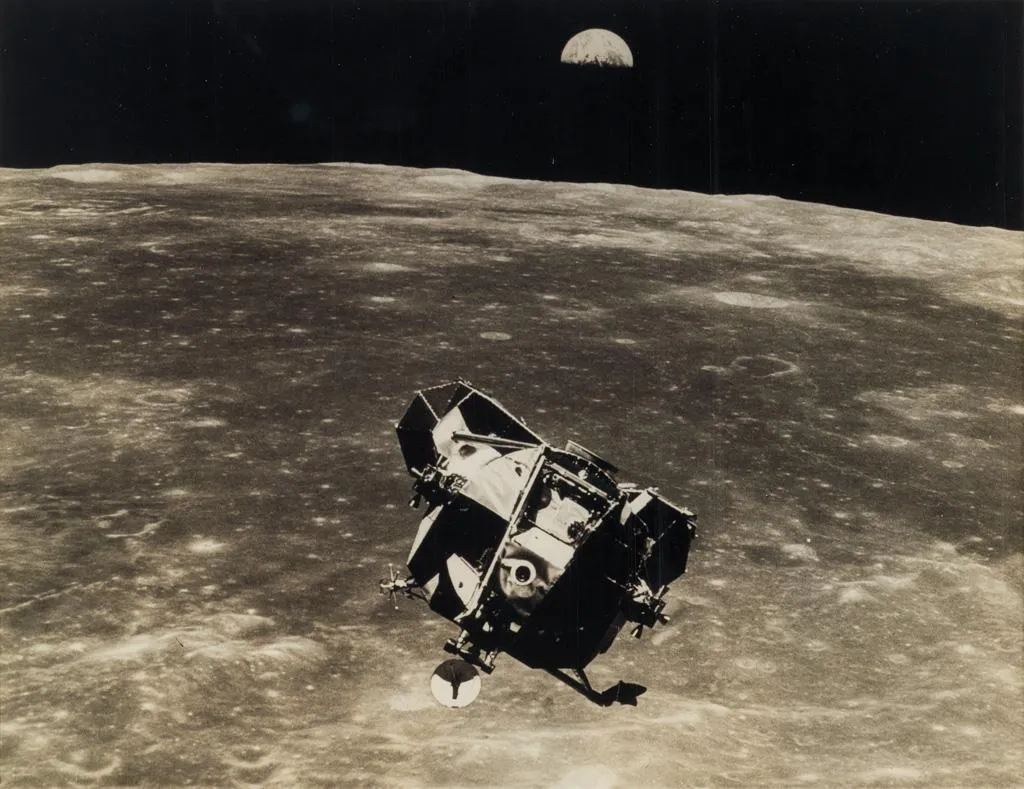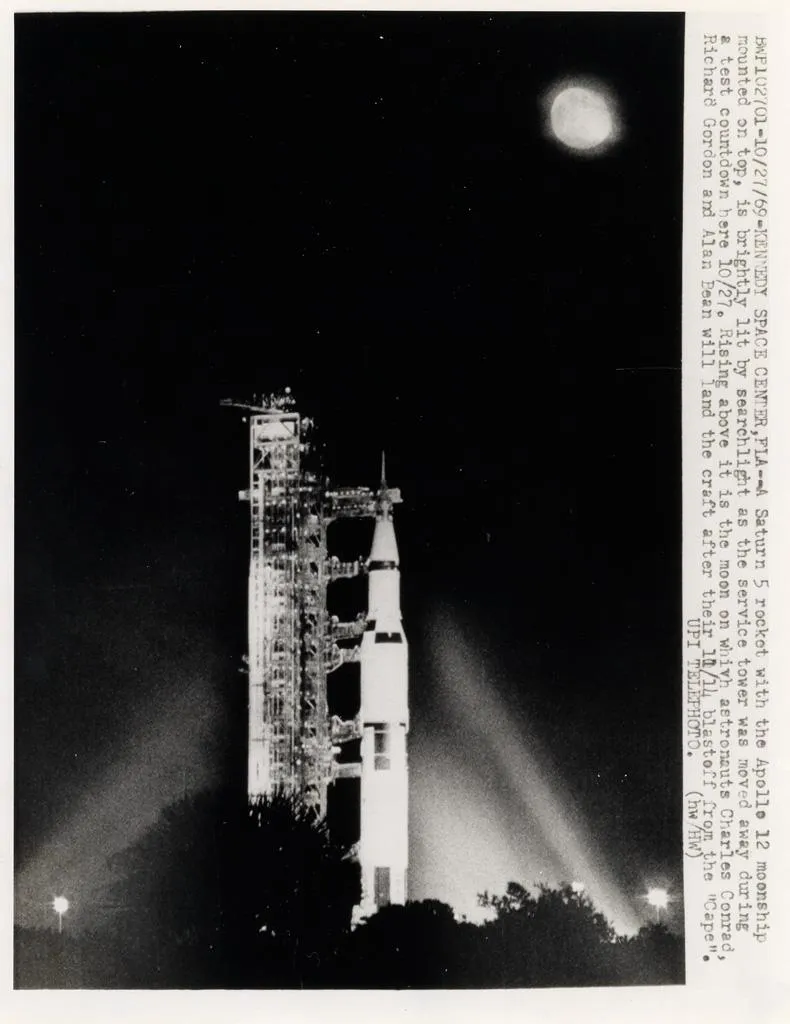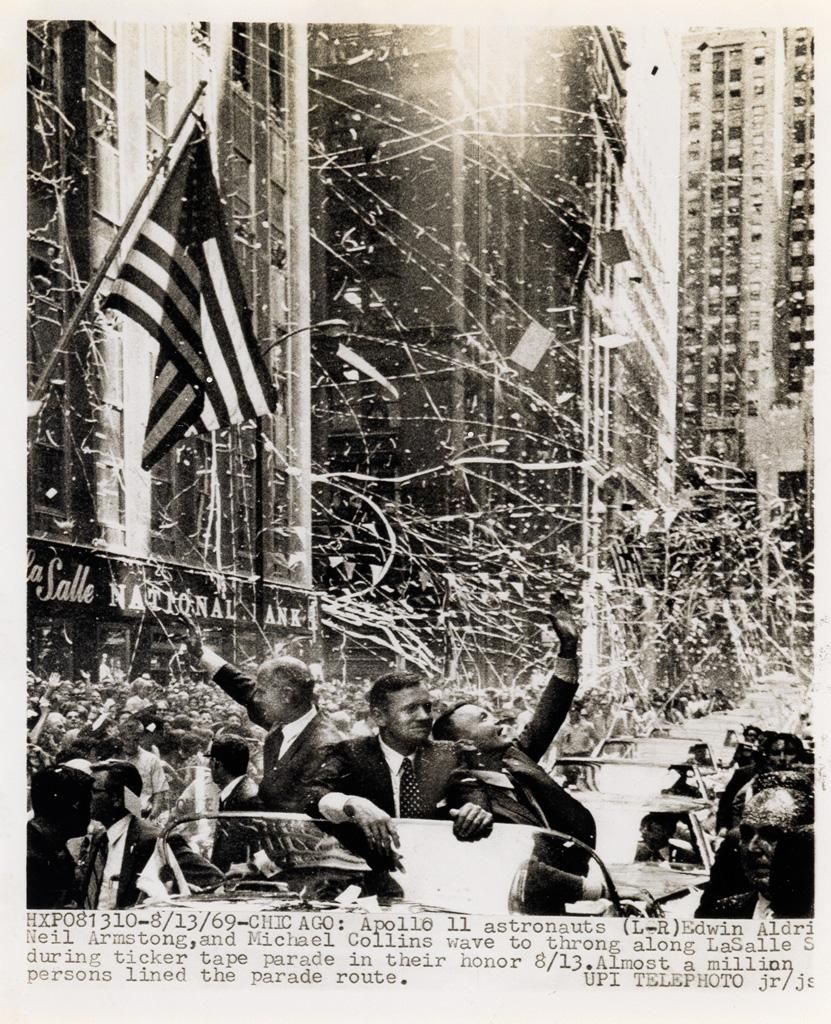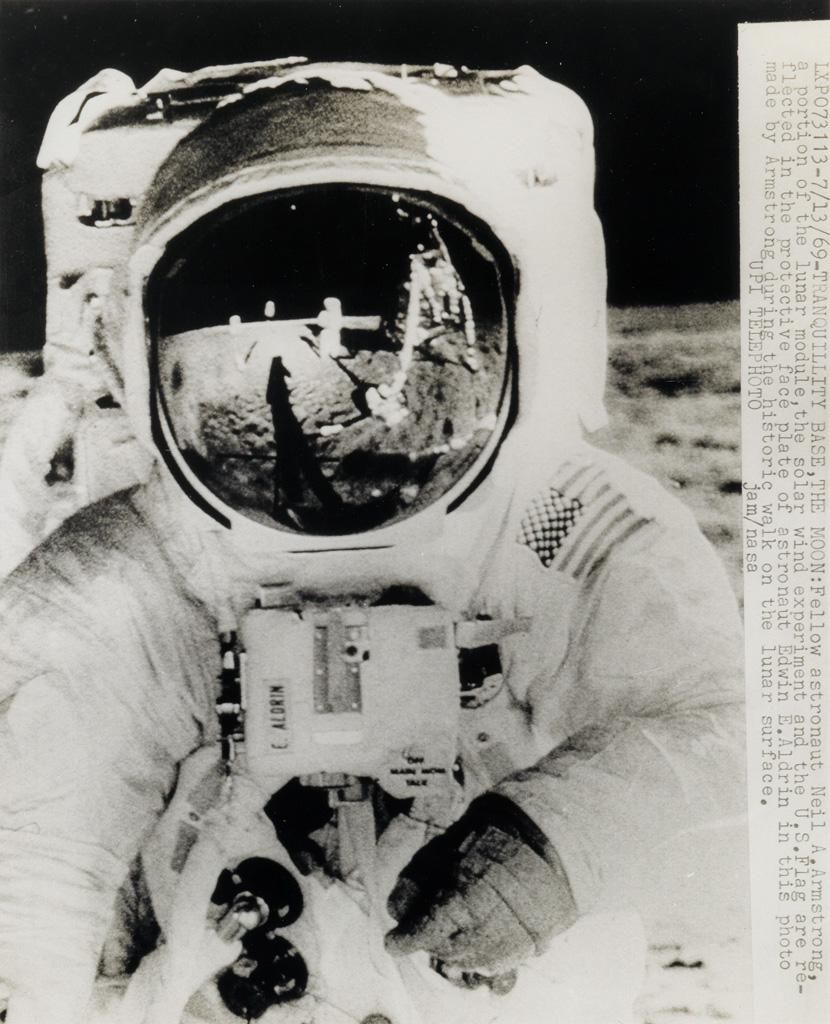These Rare NASA Photos Were Saved From the Trash
The 1,500 press images up for sale cover the agency’s manned missions from 1961 to 1972
Before the age of digital photo-sharing tools, magazines and newspapers often relied on handouts from organizations and government agencies for images to run with their articles. After the stories were published, they'd toss the photographic prints in the trash. It was an efficient system, but it is also why many images are simply out of circulation today.
But as Henri Neuendorf at artnet News reports, one employee of a national photo agency couldn’t bear to see some NASA photos from the agency’s Golden Age thrown out. Instead, the individual with an eye for posterity saved some 1,500 of the rare press prints from the trash heap, many that included mimeographed captions. The images will go on sale next week at the Swann Auction Galleries in New York.
According to the gallery, the lot of photos is contained in nine thematic binders, each with images measuring seven-and-a half inches by nine-and-a-half inches. They span the first 11 years of NASA’s manned missions into space, documenting missions from 1961 to 1972.
The collection runs the gamut—from portraits of astronauts like John Glenn, the first American in orbit, Ed White, the first American to spacewalk and Neil Armstrong, the first human to step on the moon's surface. There are also images of rockets lifting off, astronauts floating in space, moonwalks, the lunar rover and Earthrise.
The estimated sale price for the photos is $9,000 to $12,000.
"It still gives me goosebumps to look at the photographic prints in this archive, which provide a comprehensive look at NASA's earliest missions,” Daile Kaplan, director of photographs & Photobooks at Swann, tells Smithsonian.com.
According to Kaplan, there is a long tradition of collectors "rescuing" photographs from the dustbin of history. Take the photographer Berenice Abbott, who took Eugène Atget’s shots of the streets of Paris out of obscurity after her landlord brought them to her attention. Meanwhile, photographer Lee Friedlander put E.J. Bellocq’s images of early 20th-century prostitute workers on the map after purchasing his glass plate negatives.
It’s likely that NASA has copies or negatives for all the images up for sale in its archives. Just because the photo handouts were generally scrapped by publications, original prints or negatives were often saved in archives or cold storage warehouses. However, many may not be publically accessible.
As John Bisney reports for Space.com, NASA, in particular, currently has hundreds of thousands of images that are locked away in archives that have been rarely, if ever, viewed before by the public. Space archivist J.L. Pickering, who has painstakingly hunted down, digitized or archived some 125,000 NASA images to date, tells Bisney that he believes as many of 250,000 more images are still locked away in inaccessible government archives.
That's not the only data from NASA that isn't publically accessible. The agency has been raked over the coals in recent years for its handling of data from the early space program. The most notorious incident is the missing Apollo tapes. NPR reports when astronauts landed on the moon in 1969, they filmed the historic event using a camera with an odd format. Those images were sent to mission control, which recorded the images in that format and then had to convert them to a format that could be broadcast on television. Those TV images, the ones most people have seen, were severely degraded. But when researchers went looking for the original tapes in 2006 in the hopes of transferring the higher resolution images to a digital format, they found they were missing. The originals have yet to surface.
As Sarah Emerson at Motherboard reports, missing data from early missions is not uncommon. The space agency often reused its expensive magnetic tapes, erasing and overwriting data. In one 1990 report that Emerson flags, the General Accounting Office took NASA to task for not sending data from 18 missions to archival facilities. For important missions Pioneer 10 and Pioneer 11, the first craft to fly-by Jupiter and the asteroid belt, only 30 to 59 percent of the data was archived.
But all hope isn't lost. There’s always a chance some of this missing data will continue surface over time by those who were unwilling to see the historical artifacts scrapped— like 325 magnetic data tape reels reported about in 2017, saved by an IBM engineer who worked for NASA in the early 1970s.
Editor's note, May 3, 2018: This piece has been updated to reflect that Ed White was the first American to spacewalk. The first space walk was done by Soviet cosmonaut Alexei Leonov.
/https://tf-cmsv2-smithsonianmag-media.s3.amazonaws.com/filer/f9/91/f9919284-9d4f-4149-9013-02c11bc9c8db/nasa_images.jpg)




